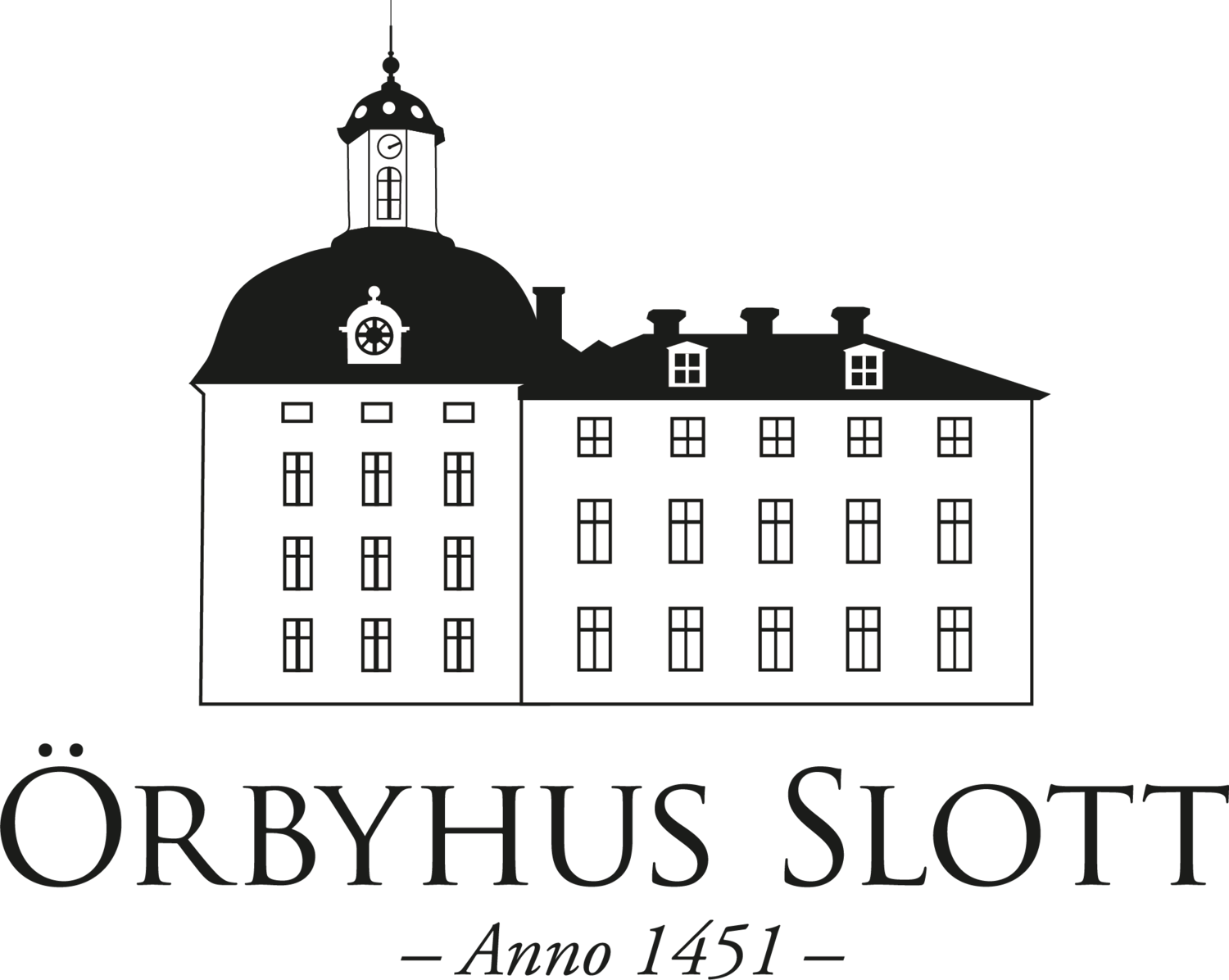The history of Örbyhus
Erik XIV - National history at Örbyhus Castle
In December 1574, the deposed Swedish King Erik XIV, the eldest son of Gustav Vasa, was dramatically moved from the state prison in Västerås to Örbyhus. This abrupt transfer was a strategic move by his half-brother and successor, King Johan III, as there had been several attempts that year to free Erik. At the time, Örbyhus was in a dire state, with the tower lacking a roof. Nonetheless, it became a notable location in Swedish history as Erik XIV's final refuge.
During Erik's three years of imprisonment at Örbyhus, multiple attempts to free him were made. Two weeks after his arrival, a conspiracy by farmers from northern Uppland was uncovered. The farmers planned to disarm the castle guard, consisting of 40 knights, after gaining entry to the courtyard with grain and cattle owed to the king.
Such disturbances likely prompted King Johan III to decide to eliminate Erik. Shortly after another conspiracy, it was announced from the pulpit in Stockholm City Church that on February 26, 1577, Erik XIV had died in the prison at Örbyhus at the age of 43. Modern historical research has determined that Erik was poisoned with arsenic.
Erik XIV drawings
It was at Örbyhus that Erik first developed the talents that have since established him as a remarkable figure of the Swedish Renaissance. He composed music, wrote, and drew—demonstrating the excellent education provided by his father, Gustav Vasa, during his time as Crown Prince of Sweden.
One notable example of his artistic skills is a series of drawings in the margins of a Latin folio. Initially created with a pen and low-quality green ink, Erik continued drawing using a sharpened wooden stick and soot in water after his pen and ink were confiscated. One of Erik's most striking drawings depicts a woman with a crown on her head, possibly his beloved Karin Månsdotter.
Örbyhus Castle through the ages
One of the most striking historical monuments of Örbyhus Castle is the tower, dating back to the 1450s. During this period, Örbyhus was owned by Johan Kristersson Vase, the grandfather of King Gustav Vasa.
Johan Kristersson Vase had the tower constructed as a defensive structure on the nearly impassable marshland by Lake Vendelsjön. This event marked the beginning of the nearly 200-year long Vasa dynasty era at Örbyhus. Illustrations in Erik Dahlberg's architectural book “Svecia Antiqua & Hodierna” depict the high corner towers designed for the defense of the walls.
In 1548, King Gustav Vasa acquired Örbyhus through an exchange of properties with his cousins. He transformed his grandfather’s tower into a national fortress in central Uppland, complete with ramparts, moats, and a 54-foot-high stone wall surrounding the stronghold tower. Gustav Vasa's fortress contained numerous hidden passages and casemates with space for artillery and supplies for many years.
However, the fortress was never used as a defensive structure; instead, it served as a state prison until 1641, when Gustav Banér, the governor of Västergötland, acquired Örbyhus. Gustav Banér then rebuilt the castle into a baroque-style residence.
“Mr Gustav Banér has modified the old castle from 1668 into a lavish, beautiful and veritably architectonic magnificent palace, with a lovely constructed garden, complete with aqueducts and fountains” , declared Erik Dahlberg of Gustav Banér’s reconstruction of Örbyhus. The coat of arms of Gustav Banér and Sophia Christina Kruuse, his first wife, still adorn the façade to the east of the castle.
During the early 18th century, the baroque castle of Örbyhus was owned by Charles de Geer of Leufsta. He designated both Leufsta and Örbyhus as entailed estates for his nephew, the scientist Charles de Geer. Over the next 200 years, the names de Geer, von Platen, de la Gardie, Klingspor, and Barnekow left their marks on Örbyhus.
In 1900, Count Carl Gustav von Rosen purchased Örbyhus Castle. His son, Count Eugène von Rosen, became the sole owner in 1909 and undertook extensive restoration work and enhancements to the castle and its surroundings.
Today, Örbyhus Castle is owned by the descendants of Carl Gustav and Eugène von Rosen.
Erik XIV
Örbyhus Castle in the 15th Century
Örbyhus Castle present
Erik XIV prison at Örbyhus




